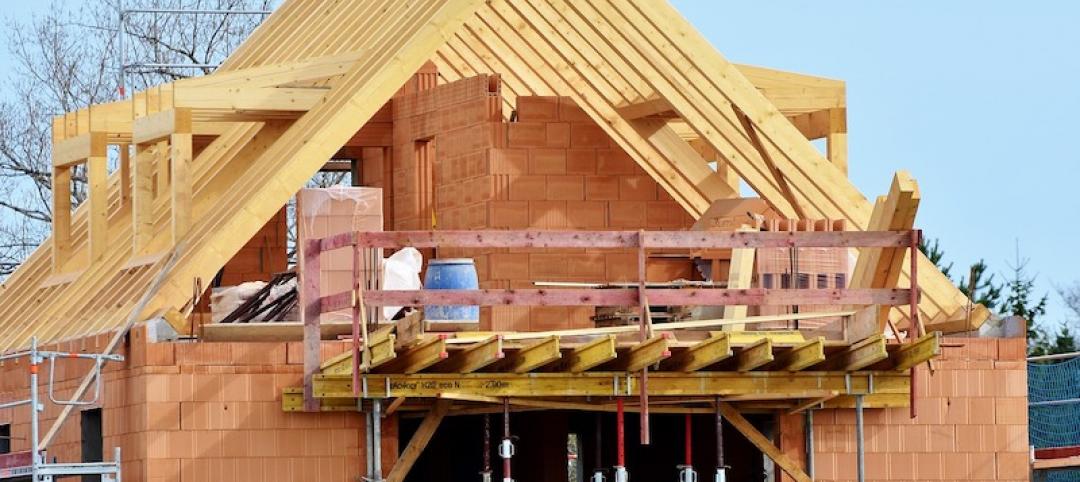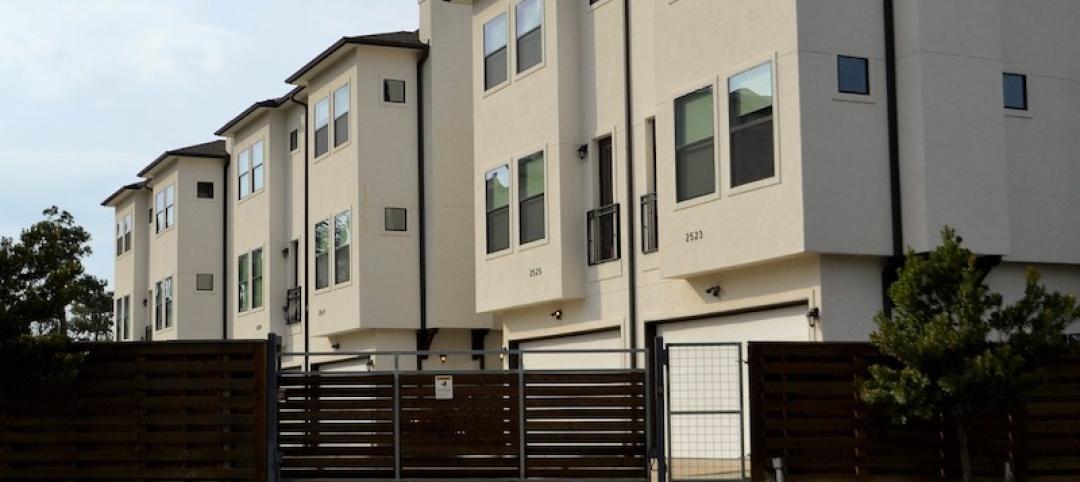A coalition of manufacturers, utilities, trade associations, and advocacy groups are urging Congress to double the funding for the U.S. Energy Star program.
Energy Star, housed mostly within the Environmental Protection Agency, “delivers a remarkable bang for the buck in reducing greenhouse gas emissions, accounting for 330 million metric tons of avoided emission reduction each year—roughly 5% of total U.S. greenhouse gas emissions annually,” according to a letter sent to Congress by the coalition. “Meanwhile, the program saves American consumers and businesses more than $35 billion annually in avoided energy costs.”
The program has seen its budget steadily decline in recent years with overall cuts at EPA. Adjusted for inflation, its budget, today at $35 million, would need to be about $65 million to keep pace with funding levels of a decade ago, the coalition says.
“We know that Congress is looking for innovative, cost-effective, and high-impact approaches for achieving emissions reductions while also boosting economic productivity,” the letter continues. “Energy Star meets all of those criteria through a voluntary, market-based program with a relatively low cost and with enormous untapped potential.”
Related Stories
Codes and Standards | Nov 6, 2019
Undisclosed ICC agreement with NAHB alleged to thwart more stringent efficiency codes
Homebuilders’ seats on ICC made it easier to block new provisions, report alleges.
Codes and Standards | Nov 4, 2019
ASHRAE releases new version of energy efficiency standard for buildings
Standard 90.1 includes revisions of envelope, lighting, HVAC provisions.
Codes and Standards | Nov 1, 2019
Resiliency of a community’s housing stock can be measured according to new benchmark
Metric can help municipalities prepare for disasters.
Codes and Standards | Oct 31, 2019
FEMA, ICC release updated guide on integrating I-Codes into floodplain management regulations
Provides advice on satisfying requirements for the National Flood Insurance Program.
Codes and Standards | Oct 30, 2019
ILFI releases new version of Living Building Challenge Framework for Affordable Housing
Document includes updated findings, case studies, new strategies for financing, designing, building affordable housing.
Codes and Standards | Oct 28, 2019
U.S. military demands landlords address health hazards in troop housing
Air Force threatens formal dispute process.
Codes and Standards | Oct 24, 2019
ASHRAE design contest winners demonstrate building resilience
Model building, a city hall, could operate without utility service for two weeks.
Codes and Standards | Oct 22, 2019
Efficient material design, low-carbon concrete are critical to cutting GHG emissions in construction
Enhancing building utilization and reusing materials also aid carbon reduction.
Codes and Standards | Oct 21, 2019
Historic properties not exempt from Americans With Disabilities Act
Some exceptions do apply.
Codes and Standards | Oct 18, 2019
St. Louis could save $61 million per year in energy costs by improved building performance
GHG gases can be reduced by at least 11% with upgrades to public buildings and large private buildings.

















